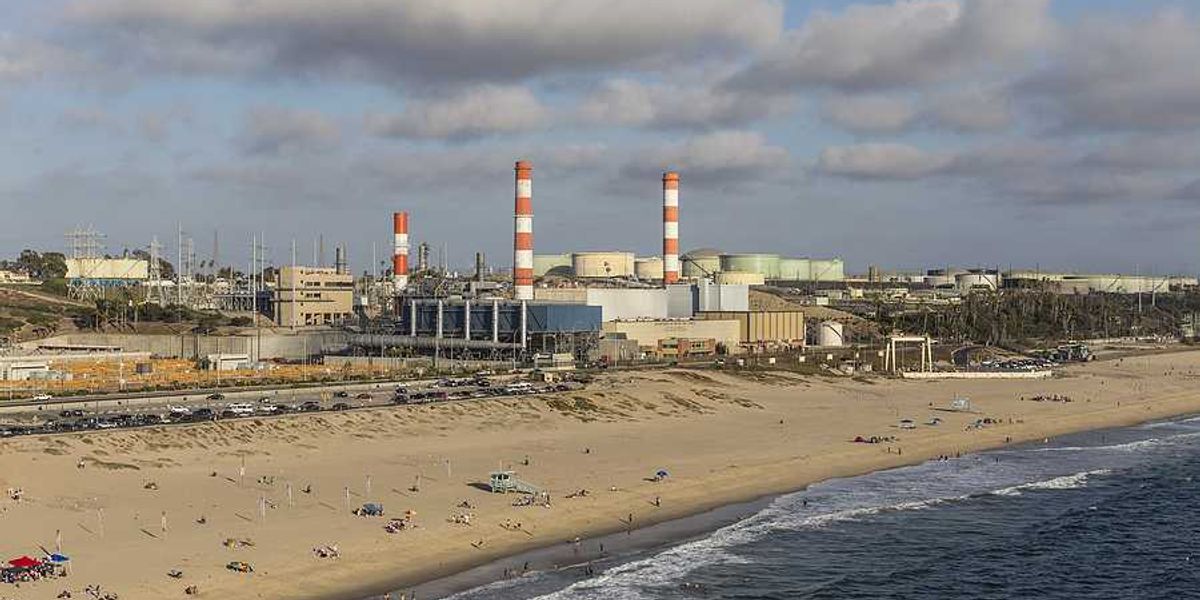
Hidden chemical load rivals climate crisis in scale of risk
A new report warns that the world’s 100-million-plus industrial chemicals are contaminating air, water, and human bodies with health effects ranging from ADHD to cancer.
Damien Gayle reports for The Guardian.
In short:
- Researchers at Deep Science Ventures examined hundreds of studies and interviews and identified 3,600 food-contact chemicals in people, 80 of them deemed especially hazardous.
- PFAS “forever chemicals” now fall with rain and 90% of the global population breathes air that violates WHO limits.
- The review argues that toxicity testing still misses nonlinear, low-dose endocrine effects and receives only a sliver of the funding directed at climate research.
Key quote:
“The way that we’ve generally done the testing has meant that we’ve missed a lot of effects.”
— Harry Macpherson, senior climate associate, Deep Science Ventures
Why this matters:
From plastic wrappers to pesticide residues, synthetic compounds are with us from cradle to grave. Many slip past regulatory filters because traditional toxicology assumes that smaller doses are safer. Yet hormones operate on trillionths of a gram, and chemicals that mimic them can short-circuit development, immunity, and fertility at trace levels. Once released, these molecules cycle through soil, water, and air, reaching remote regions and persisting for decades. Health costs — from asthma medication to fertility treatment — land on families and public budgets, while manufacturers often face little accountability. As climate change reshapes ecosystems, chemical load adds another invisible pressure on wildlife and humans, complicating efforts to safeguard food, water, and future generations.
Related: Runaway plastic production fuels $1.5tn annual health burden, Lancet review finds













